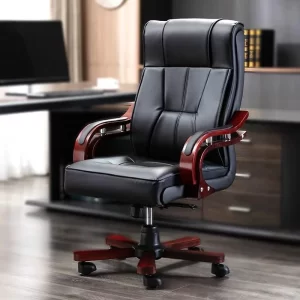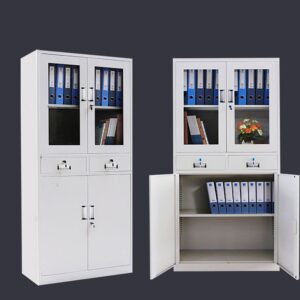2
KSh 212,500.00
Quantity
KSh 26,500.00
Quantity
KSh 186,000.00









Reviews
There are no reviews yet.